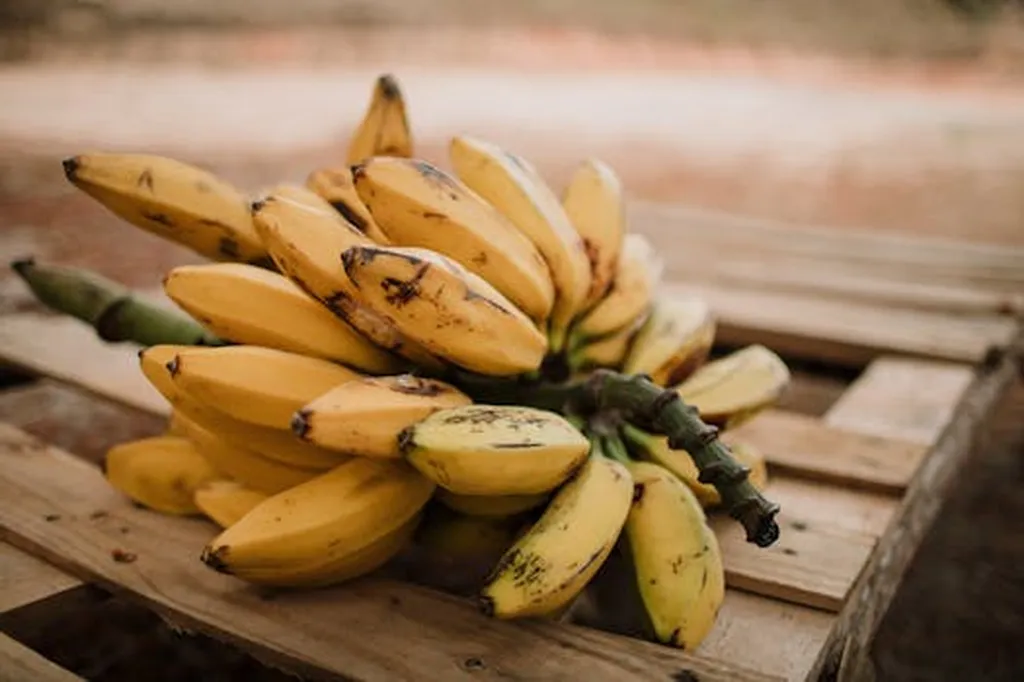In the heart of the global food system, an ancient grain is making a comeback, promising to reshape markets, bolster food security, and combat climate change. Millets, once overshadowed by the Green Revolution’s focus on wheat and rice, are now at the forefront of a nutritional renaissance, according to a comprehensive review published in the journal *Food Production, Processing and Nutrition* (translated from its original title, *Producción, Procesamiento y Nutrición de Alimentos*). The study, led by Fnu Muskan from the Department of Health and Human Science at Southern Illinois University, critically examines the challenges and opportunities millets present in the global market.
Millets, a group of climate-resilient cereals, have been a staple in arid and semi-arid regions for over 10,000 years. Their superior nutritional profile, packed with fiber, protein, vitamins, minerals, and bioactive compounds, makes them a powerhouse in the fight against malnutrition. “Millets are not just a fallback crop; they are a forward-looking solution to many of the challenges we face today,” Muskan asserts.
The review highlights that India, Niger, and China dominate millet production, collectively accounting for 60% of global output. However, the real story lies in the emerging markets, where consumer interest in gluten-free and functional foods is driving demand. “We’re seeing a shift in consumer behavior,” Muskan notes. “People are increasingly seeking out nutrient-dense, sustainable food options, and millets fit that bill perfectly.”
Government policies and international initiatives, such as India’s National Year of Millets (2018) and the United Nations’ International Year of Millets (2023), have played a pivotal role in promoting millet production and trade. These efforts have helped to raise awareness and stimulate investment in the sector.
Yet, the path forward is not without its hurdles. The millet market grapples with supply chain inefficiencies, limited consumer awareness, and inconsistent policy support. “These challenges are significant, but they are not insurmountable,” Muskan emphasizes. “With the right investments in value addition, improved processing technologies, and enhanced global marketing strategies, millets can become a mainstay in the global food system.”
The review also showcases successful case studies that demonstrate innovative approaches to overcoming these challenges and fostering millet commercialization. These examples provide a roadmap for stakeholders looking to capitalize on the growing demand for millets.
As the world grapples with the interconnected crises of climate change, water scarcity, and malnutrition, millets offer a beacon of hope. By integrating these nutrient-rich grains into the global food system, we can take a significant step towards achieving food security, improving nutrition, and building climate resilience.
The insights from this review provide a strategic outlook on how millets can be sustainably integrated into the global food system. As Muskan concludes, “The future of millets is bright, but it will require concerted efforts from policymakers, researchers, and industry stakeholders to fully realize their potential.” With the right support, millets could very well become the next big thing in the global food market, offering a sustainable and nutritious alternative to conventional cereals.

